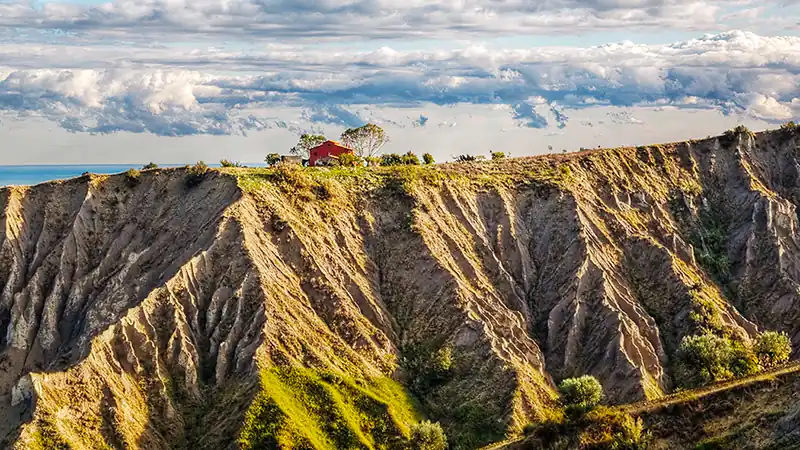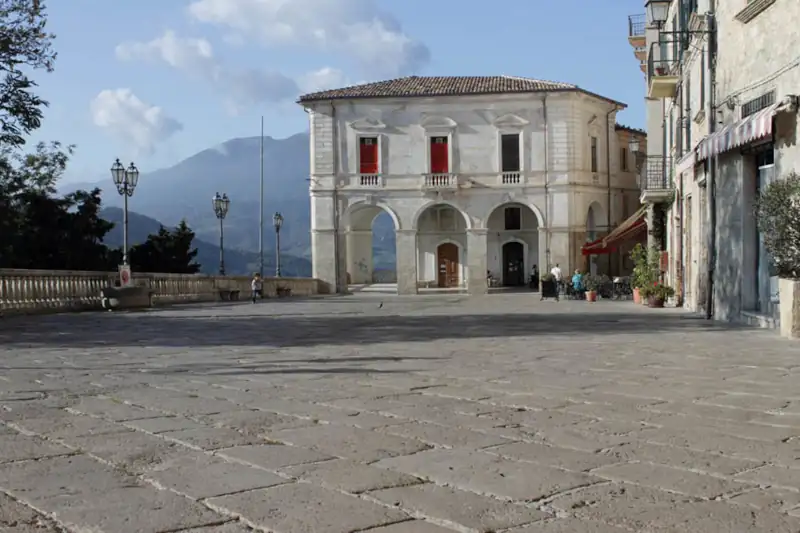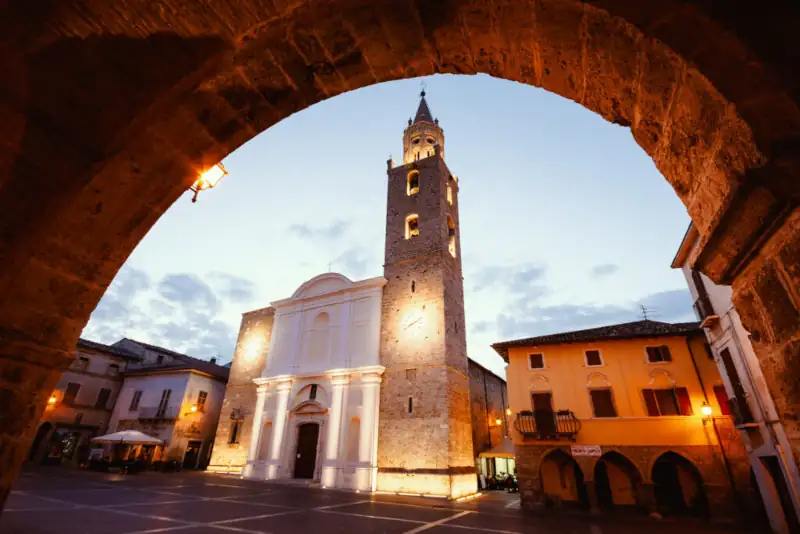Visiting Giulianova
Biking on the “lungomare”
With its 131 kilometers, the coast of Abruzzo is very soon going to be the longest bike path of Italy. For the time being our “lungomare” is already connected to other towns towards north and south: Tortoreto and Alba Adriatica (North), Cologna and Borsacchio (South).
In hotel you can hire bikes for you and for your children. Biking is the best way to move in town and in the sorroundings.
A visit to the harbour
Our harbour is worth visiting: if you walk or ride there at sunset you can see the fishing boats which come back , one after the other.
You can also have a look at the touristic port but, if you feel like walking a bit more, you can visit the south part of the harbour, where you can admire the “Caliscendi” (old timber structures with fishing nets typical of our region) and Castelli tiles.
Another little effort, please: reach the lighthouse and then turn: you’ll see the Gran Sasso just in front of you. A wonderful view!
The old town
Our town is not only on the coast, but also on the hill. It’s actually on the hill that the town was built at the beginning: it was called “Castrum Novum”.
Much later, in the XV century, the duke Giulio Antonio Acquaviva d’Aragona, rebuilt the town using the typical pattern of a Renaissance city and gave it his name.
You can reach the old town on foot and have a look around: you can see the “belvedere”, Buozzi square, the Churches of San Flaviano and Sant’Antonio, the three towers, the archeological museum in the tower “Il Bianco”, the MAS museum, Bindi’s house-museum and “Palazzo Re”.
Visiting the surroundings
Abruzzo is full of little villages where it seems that time has stopped. We recommend to visit:
Campli
Traditions and history are the main feature of this small town of 7000 inhabitants: it’s worth visiting its “Museo Archeologico Nazionale”, in which you can admire a lot of interesting local archeological finds.
Campli has a very strong connection with the spiritual world: you can visit the “Scala Santa”, built by Pope Clemente IX in the XVIII century. Its 28 steps lead to an altar which contains a wooden reliquary and two fragments of Christ’s Cross.
And… from the sacred to the profane… don’t miss the famous “porchetta”! .




